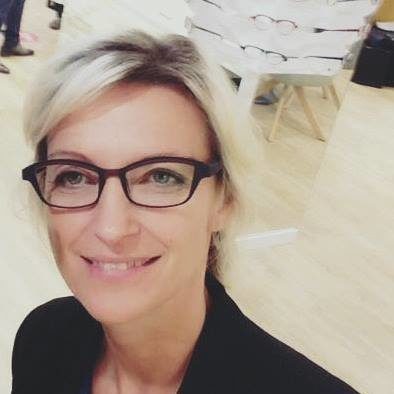Bieke Hoet belongs to the 6th generation of the Hoet family business, active in the optical industry. It’s been 150 years that her predecessors, opticians teach their lineage this trade and offer services to optical stores throughout Belgium.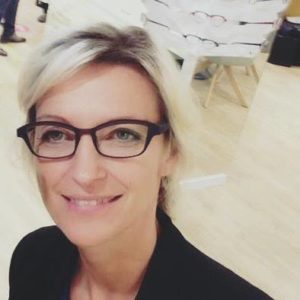
Since each generation should make a contribution to this effort, Bieke Hoet and her dad created the design office which is at the heart of new technologies including 3D printing (3DP).
Today, in the #OpinionoftheWeek, she talks about Hoet, the company’s strategy, its aspirations but especially YUNIKU, the system that allows to obtain 3D printed glasses.
Tell us more about Hoet
Thirty years ago, my father, optician by training, decided to design frames. With another of his colleagues, he founded the brand Theo which is an anagram of Hoet. He was mostly responsible for the creative part of this collection.
After the optical shop (which is run by my sister now), my father and I founded the design office. We are focused on eyewear. Today we deliver 80% of all designs for Theo and differentiate from others by using new technologies.
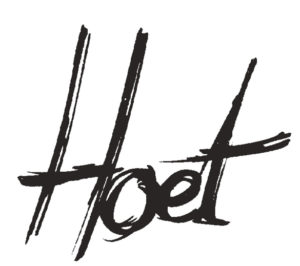 How did you come to 3D Printing?
How did you come to 3D Printing?
Innovation has always been our mission statement. Our innovative designs are not only different in shape but also in the way they are produced.
5 years ago, we discovered 3D printing in the dental application and I told my father that if they can use it, we can probably use it for frames as well. That’s how we came to 3D printing and we are pioneers in the use of this technology in the Optical industry.
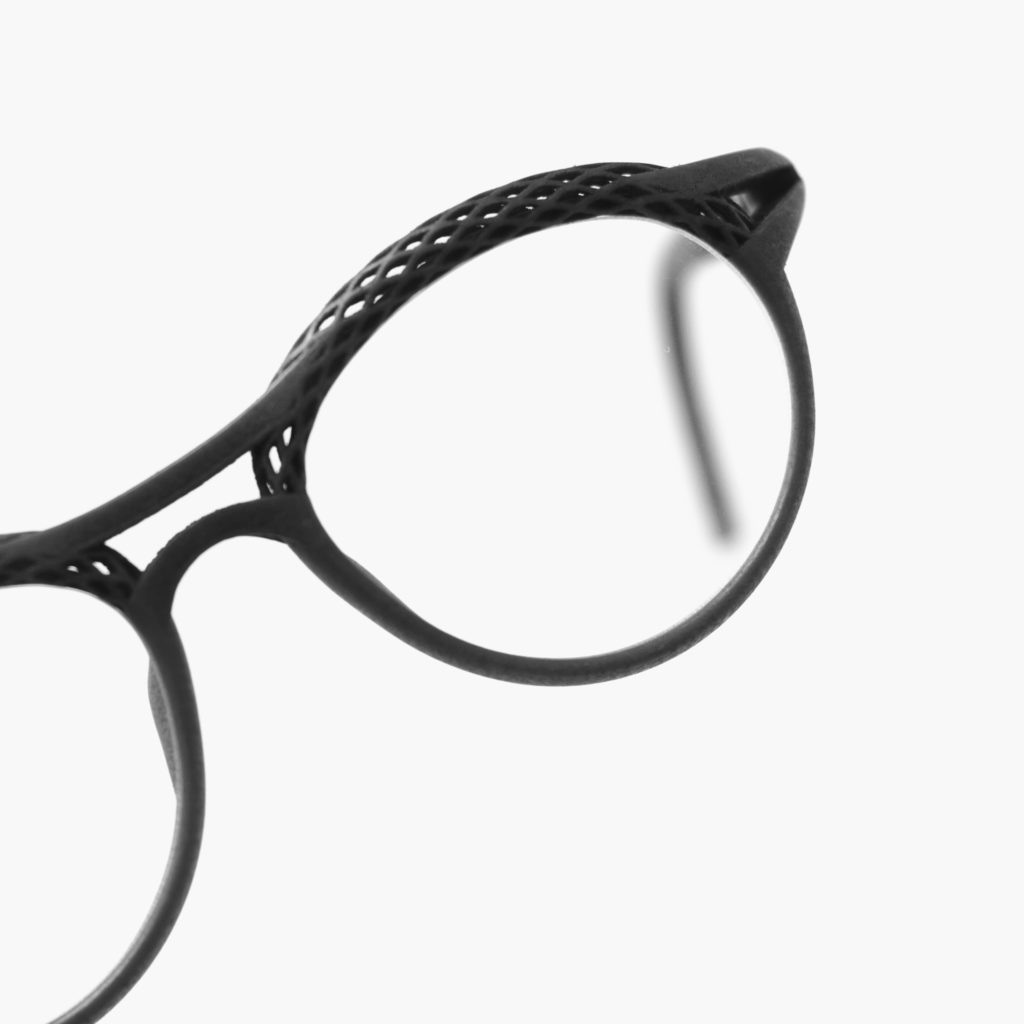 At the same time, we wanted to explore the possibility of plastic printing, and that’s how we started the collaboration with materialise.
At the same time, we wanted to explore the possibility of plastic printing, and that’s how we started the collaboration with materialise.
The challenge with this technology is that you have to do something with it that is not possible with any other one and use its advantages while taking into account its capabilities.
So, we carried out a lot of tests…and today, that’s our way of differentiating ourselves from others. By using this technology, one can really benefit from the freedom of design. Another thing is that, some people might use this technology to 3D print glasses but they do not always customize the frame for each customer, what we do.
Tell us more about the manufacturing
Firstly, we only manufacture when the sale has been done. In other terms, this includes zero investment for the brand, for the stock and that’s amazing!
Today we collaborated both with materialise and HOYA. The latter is in charge with the scanning system since we need to 3D scan the face of the customer and integrate this kind of devices into optical stores.
One year ago, we launched this system, called YUNIKU, distributed to opticians. Once the scan of the face is carried out, the digital file is sent to materialise for manufacturing and HOYA incorporates the lens inside. Thereafter, the frame with lens (glasses) are delivered in one package to the optician.
Another important thing is that the customer can choose the color he/she wants.
What type of eyewear do you manufacture? (medical eyewear? – sunglasses? – protective goggle? …)
Just optical, prescription lenses. The optician who invests in this system takes into account many things: the customer, the reproducibility and even the current collection which offers a specific number of pieces for production.
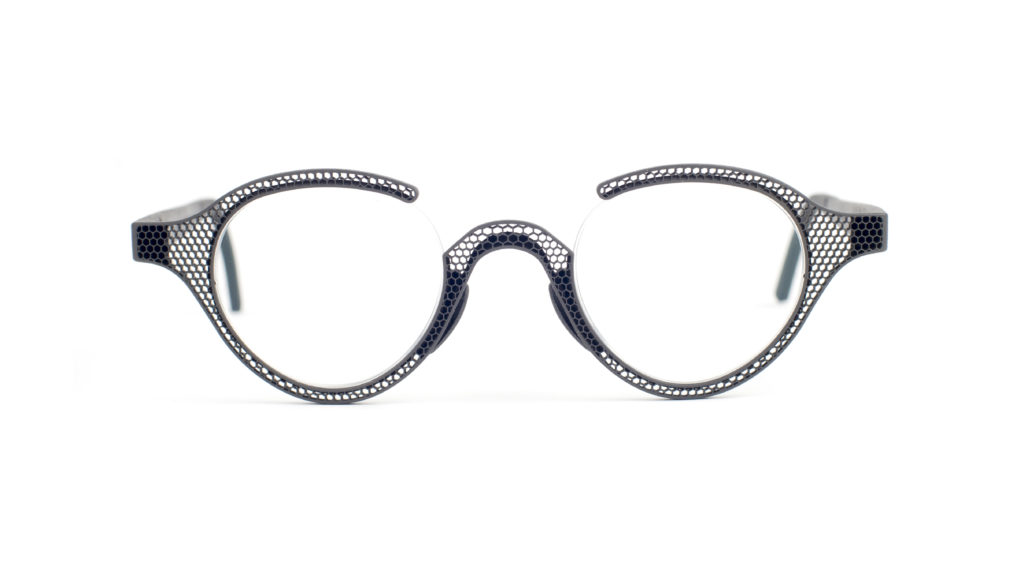 We make the digital file reproducible so that it remains a kind of warranty for opticians. So, there is never a “stock problem”.
We make the digital file reproducible so that it remains a kind of warranty for opticians. So, there is never a “stock problem”.
Where is YUNIKU distributed?
In Europe for now. It was launched in Paris two years ago and since this year, it is available in Belgium.
How long does it take to manufacture a pair of glasses?
About two weeks…
Do your customers notice a difference in the manufacturing?
I think the biggest advantage for the consumer is the lightweight of the frame. The other advantage is that since the launch of this system, we have not yet received any product returns from people who are complaining …For every sold frame, the consumer is happy and satisfied with the comfort of the lenses.
From the very first step of the manufacturing, which is the scanning, we take into account everything: the position of the lens, the head of the consumer, etc.… The customer experiences then a better experience eye-vision.
How do you perceive the progress that 3D printing can bring to this industry?
Efforts must still be made on the design. There is also a lot of potential with the materials that can be added in the future and combination of materials as well.
For now, all frames are manufactured with the same material. And there is a lot of things we can do to differentiate ourselves from others.
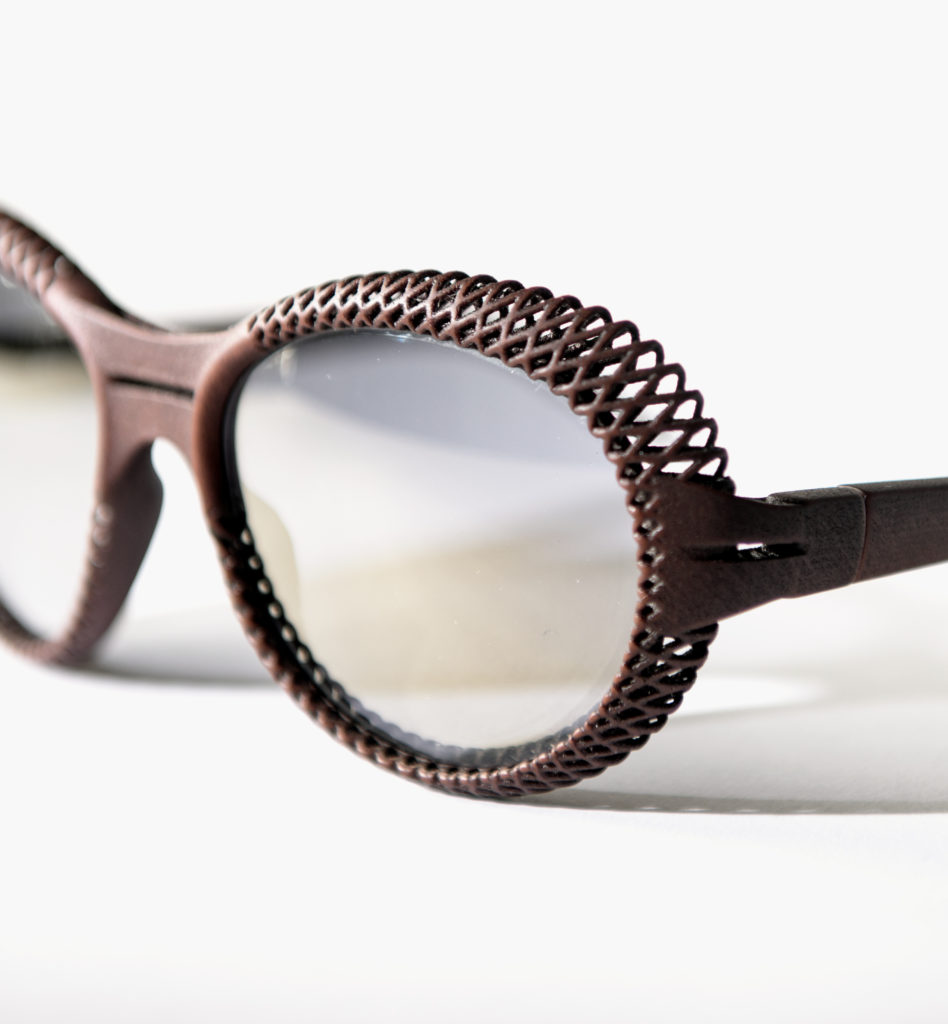 Other prospects of development?
Other prospects of development?
We are continuously working on the evaluation of new materials and new machines that are introduced on the market. Since the technology can also go very fast…Among the potential suppliers, there are EOS and HP… whose technologies are interesting for the eyewear industry.
Do you have a final comment?
I think people now think in terms of ecology and efficiency and 3D printing is really offering applications that made it possible to reduce waste and produce significant products.
In the digital world we are living in, everything does not stop with our smartphones, it goes further …It is an entire lifestyle that is currently being developed and frames have integrated it and are now part of this lifestyle.
For further information about 3D Printing, follow us on our social networks and subscribe to our newsletter!
//pagead2.googlesyndication.com/pagead/js/adsbygoogle.js
(adsbygoogle = window.adsbygoogle || []).push({});



